How to Start a Red Light Therapy Journey
Red light therapy has gained significant attention for its potential benefits in various areas of health and wellness. If you're considering embarking on a red light therapy journey, it's important to understand the basics, set realistic goals, create a routine, and seek professional guidance. Here's a step-by-step guide to help you get started.
Understanding the Basics of Red Light Therapy
Red light therapy, also known as low-level light therapy or photobiomodulation, utilizes specific wavelengths of light to stimulate cellular activity and promote healing and rejuvenation. By delivering red and near-infrared wavelengths, red light therapy triggers positive effects such as accelerated tissue repair, reduced inflammation, increased collagen synthesis, improved blood circulation, and enhanced cellular rejuvenation.
To begin your red light therapy journey, educate yourself about how it works and its potential benefits. Familiarize yourself with the scientific principles behind red light therapy and the specific areas of health and wellness it can address, such as skin health, pain management, athletic performance, and more. This foundational knowledge will help you make informed decisions and understand what to expect from the therapy.
Choosing the Right Red Light Therapy Device
When considering red light therapy, factors such as the quality of the device, specific wavelengths used, and treatment consistency play a role in its effectiveness. Consulting with a healthcare professional or a qualified red light therapy specialist can provide valuable guidance on tailoring the treatment to individual needs.
To begin your red light therapy journey, it's crucial to select the right device that aligns with your needs and preferences. There are various options available, such as handheld devices, panels, and full-body systems. Consider factors like budget, treatment area, and device specifications when making your choice.
In summary, red light therapy utilizes specific wavelengths of light to stimulate cellular activity and promote healing and rejuvenation. Understanding the basics of red light therapy, including its working principles and potential benefits, allows individuals to make informed decisions and embark on a red light therapy journey with confidence. Remember to choose a reliable device, follow safety guidelines, and maintain a consistent routine to maximize the potential benefits of this innovative therapy.
Setting Realistic Goals
Firstly, it's important to identify what you hope to achieve with red light therapy. Are you looking to improve your skin health, reduce pain and inflammation, enhance athletic performance, or address specific health conditions? Having a clear understanding of your desired outcomes will guide your treatment plan and help you measure progress effectively.
When setting goals, it's crucial to be realistic and patient. Red light therapy is a gradual process, and results may vary depending on individual factors and the specific concern being addressed. It's unrealistic to expect overnight transformations. Instead, focus on incremental improvements and long-term benefits. This mindset will prevent disappointment and keep you motivated for the duration of your red light therapy journey.
Additionally, consider incorporating subjective goals alongside measurable ones. Red light therapy has been reported to have positive effects on mood, energy levels, and overall well-being. By including goals related to these subjective experiences, such as reducing fatigue or improving sleep quality, you can track changes beyond the physical realm.
Lastly, keep in mind that red light therapy can complement other wellness practices. Consider integrating it into your existing self-care routine or combining it with other modalities that align with your goals. For example, if you're aiming to reduce stress and promote relaxation, combining red light therapy with meditation or deep breathing exercises can enhance the overall experience and contribute to your desired outcomes.
Creating a Red Light Therapy Routine
Establishing a consistent red light therapy routine is key to maximizing the benefits of the treatment. Consider the following factors when creating your routine:
1. Determine the optimal treatment frequency: The frequency of red light therapy sessions can vary based on individual goals and desired outcomes. Start with a frequency that feels manageable and adjust as needed. Some individuals may benefit from daily sessions, while others may find a few sessions per week sufficient.2. Choose the right time of day: Decide whether you prefer incorporating red light therapy into your morning or evening routine. Morning sessions can help energize and prepare your body for the day, while evening sessions may promote relaxation and better sleep. Consider your personal preferences and schedule when deciding the optimal time for your sessions.
3. Create a dedicated space: Designate a specific area in your home for red light therapy sessions. Ensure the space is clean, clutter-free, and conducive to relaxation. Consider incorporating elements like soothing music or aromatherapy to enhance the overall experience.
4. Set a consistent duration: Red light therapy sessions typically range from a few minutes to around 20 minutes, depending on the device and treatment parameters. Determine a duration that fits well within your routine and stick to it. Consistency is key, so aim for regular sessions of the same duration.
5. Tailor the treatment to your goals: Adjust the treatment parameters based on your specific goals. Consult with a healthcare professional or red light therapy specialist to ensure you are using the most appropriate settings for your desired outcomes. This may include selecting specific wavelengths or adjusting the distance between your body and the light source.
Track Progress and Seek Professional Guidance
Regularly track your progress throughout your red light therapy journey. Keep a record of your sessions and note any changes or improvements you observe. This can include subjective experiences like changes in pain levels or mood, as well as objective measures such as skin texture or athletic performance. Assess your progress regularly and make adjustments to your routine if necessary.
Additionally, seek professional guidance from healthcare professionals or red light therapy specialists. They can provide personalized advice based on your specific health conditions or concerns, ensuring you receive the most effective and safe treatment protocols. Their expertise will help you optimize your red light therapy journey and achieve your desired outcomes.
Incorporate Red Light Therapy into Your Wellness Routine
While red light therapy can be beneficial on its own, consider integrating it into your existing wellness practices. Combine red light therapy with techniques like meditation, deep breathing exercises, or gentle stretching during your sessions to enhance relaxation and stress reduction. Regular exercise, a balanced diet, and adequate sleep can also complement the benefits of red light therapy, promoting overall health and well-being.
Conclusion
Starting a red light therapy journey involves understanding the basics of the therapy, setting realistic goals, creating a consistent routine, and seeking professional guidance. By following these steps, you can optimize the potential benefits of red light therapy and embark on a journey towardsimproved health and wellness.
Remember to stay patient and consistent, as results may take time to manifest. With dedication and a well-designed routine, you can make the most of your red light therapy experience.

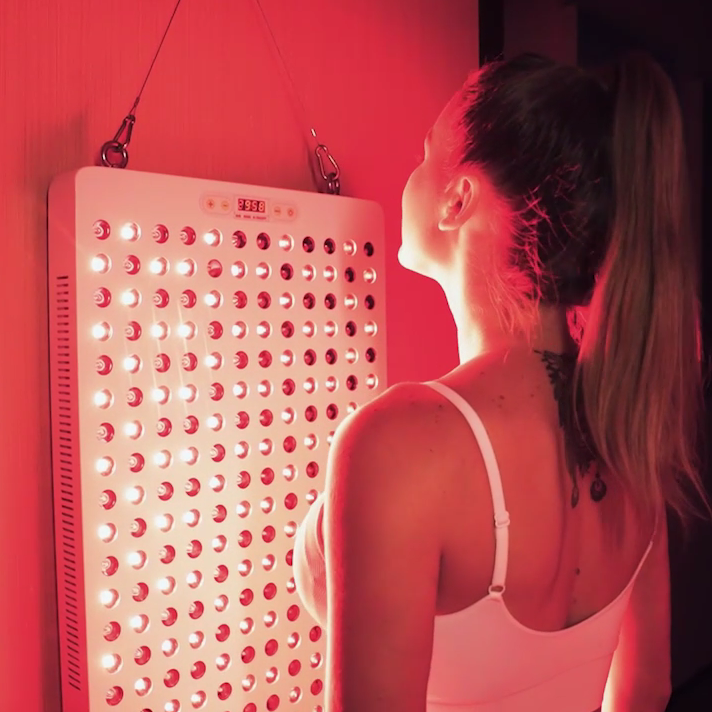
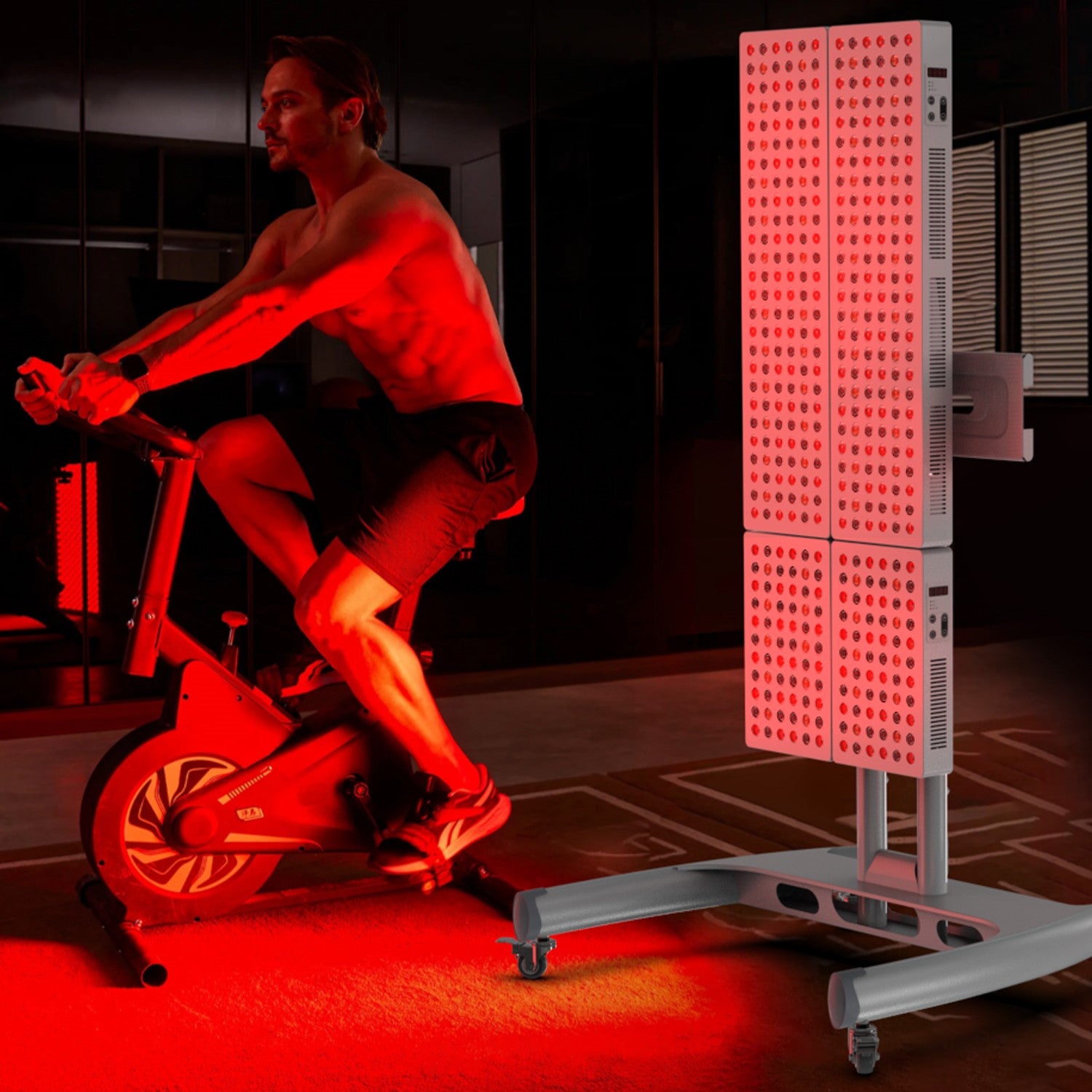



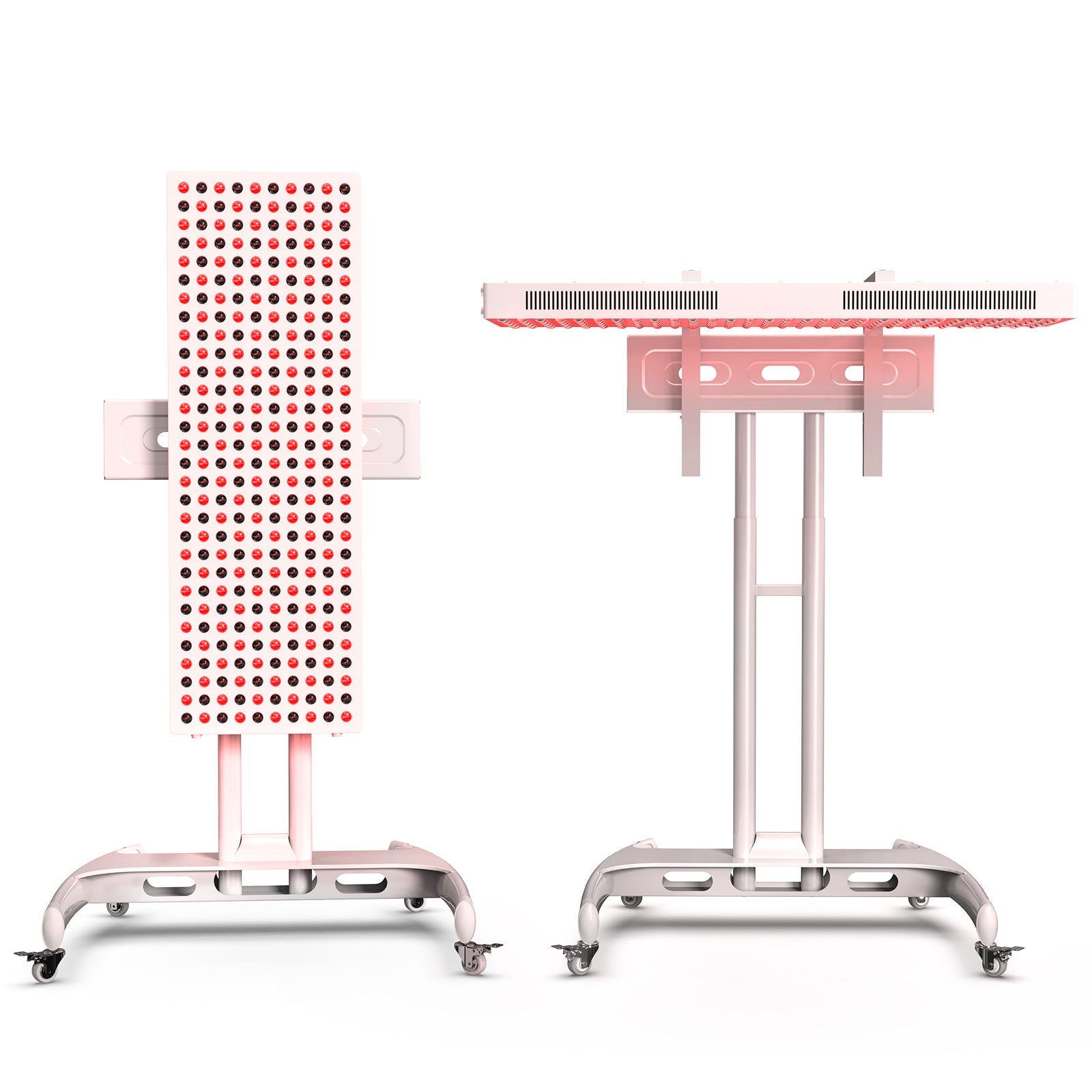
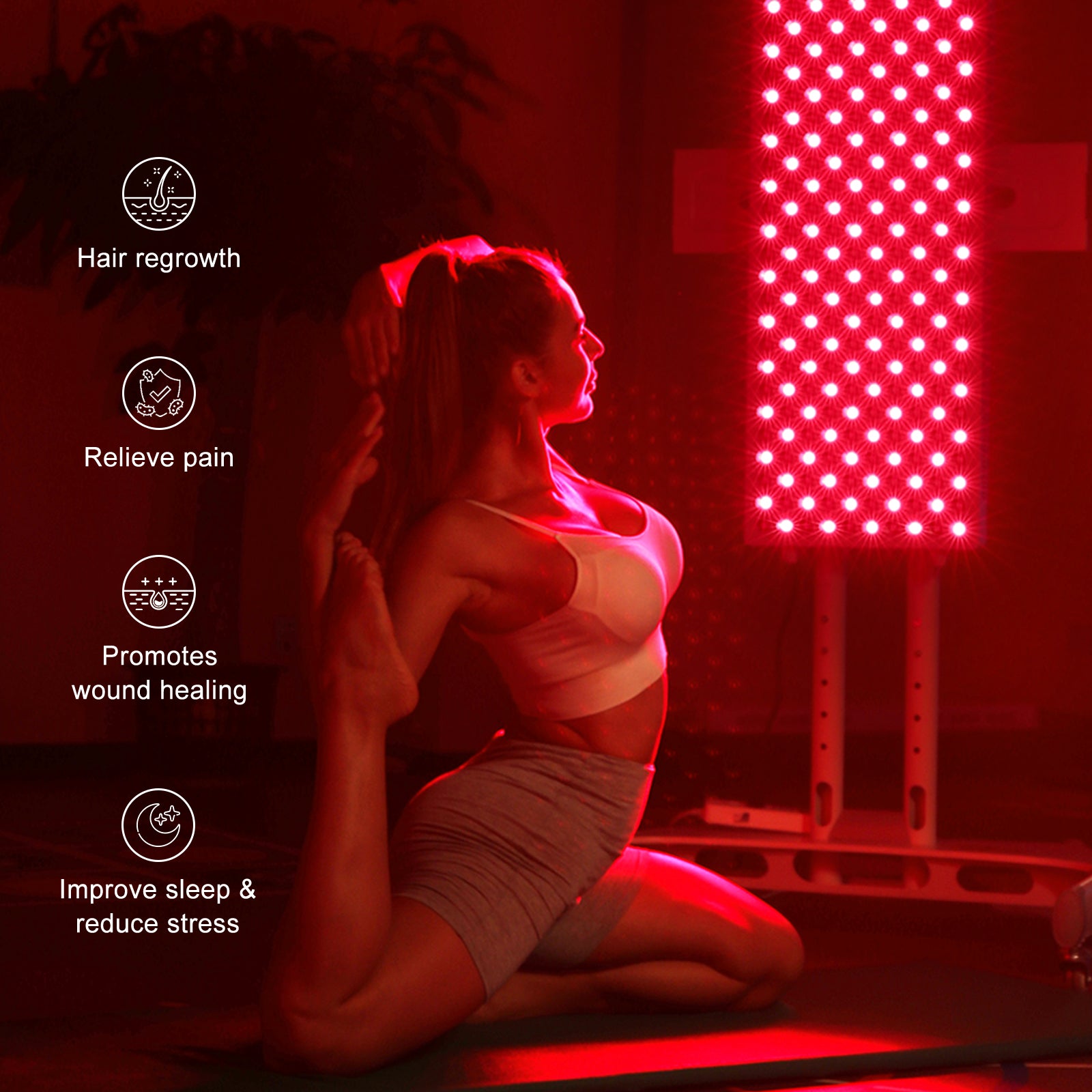
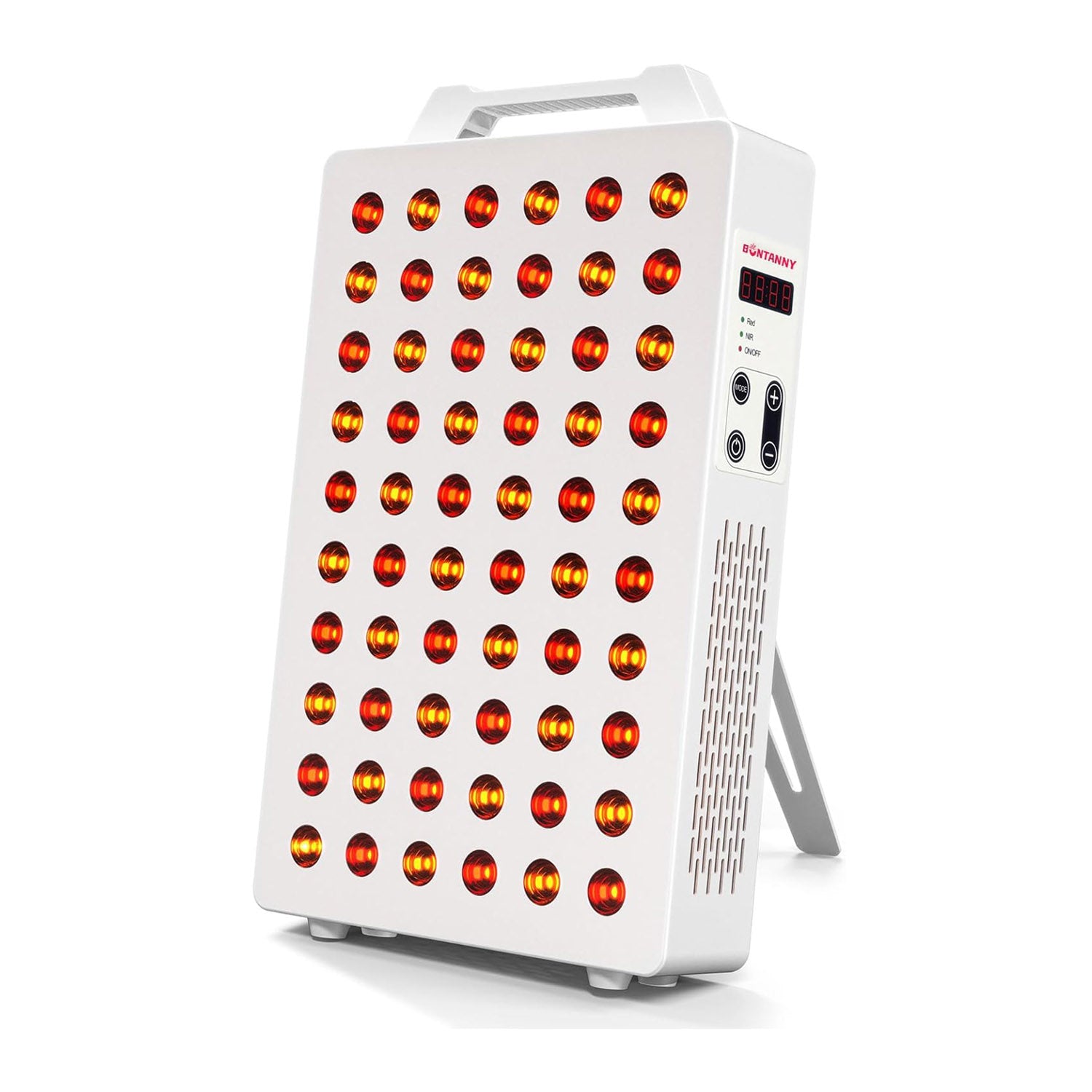

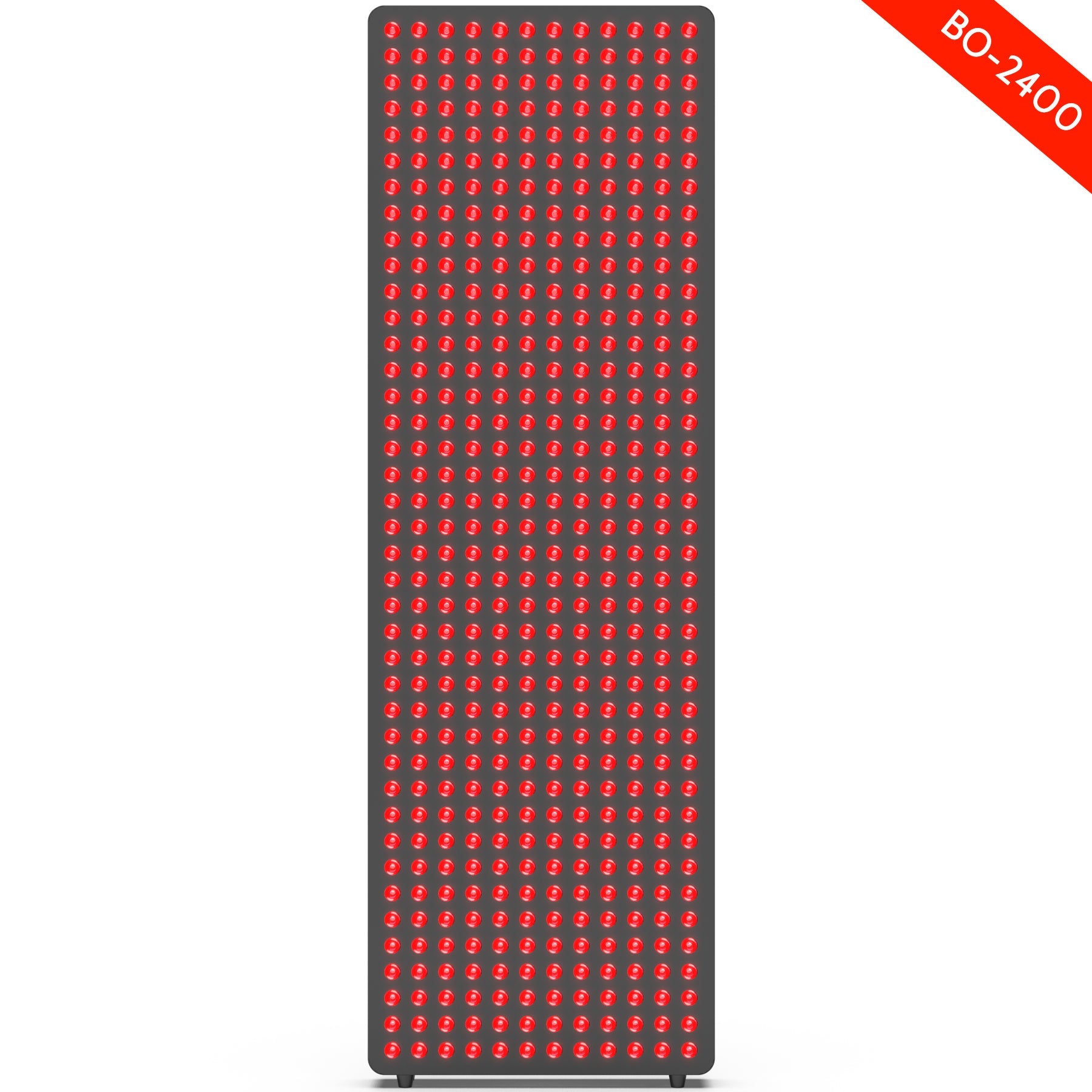

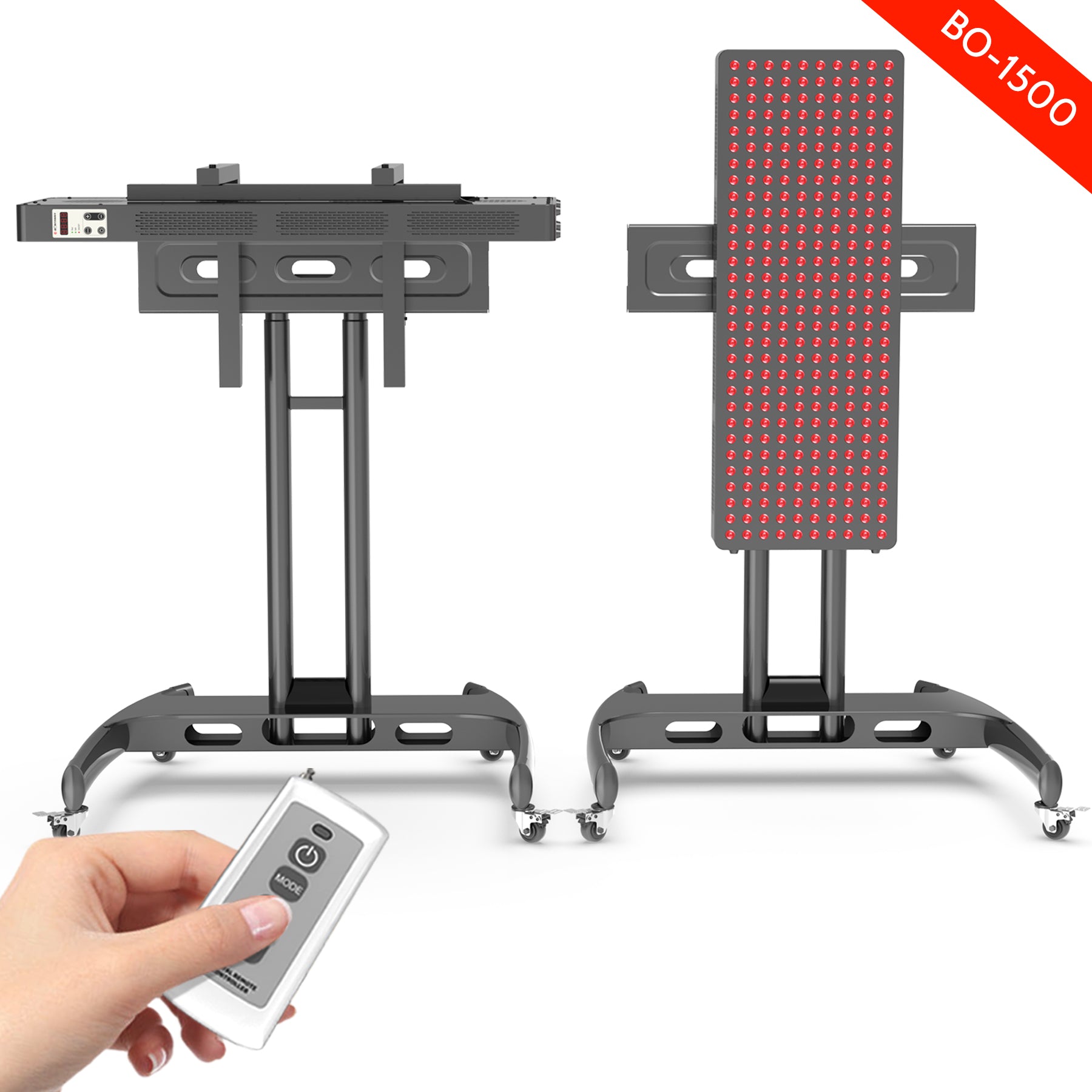
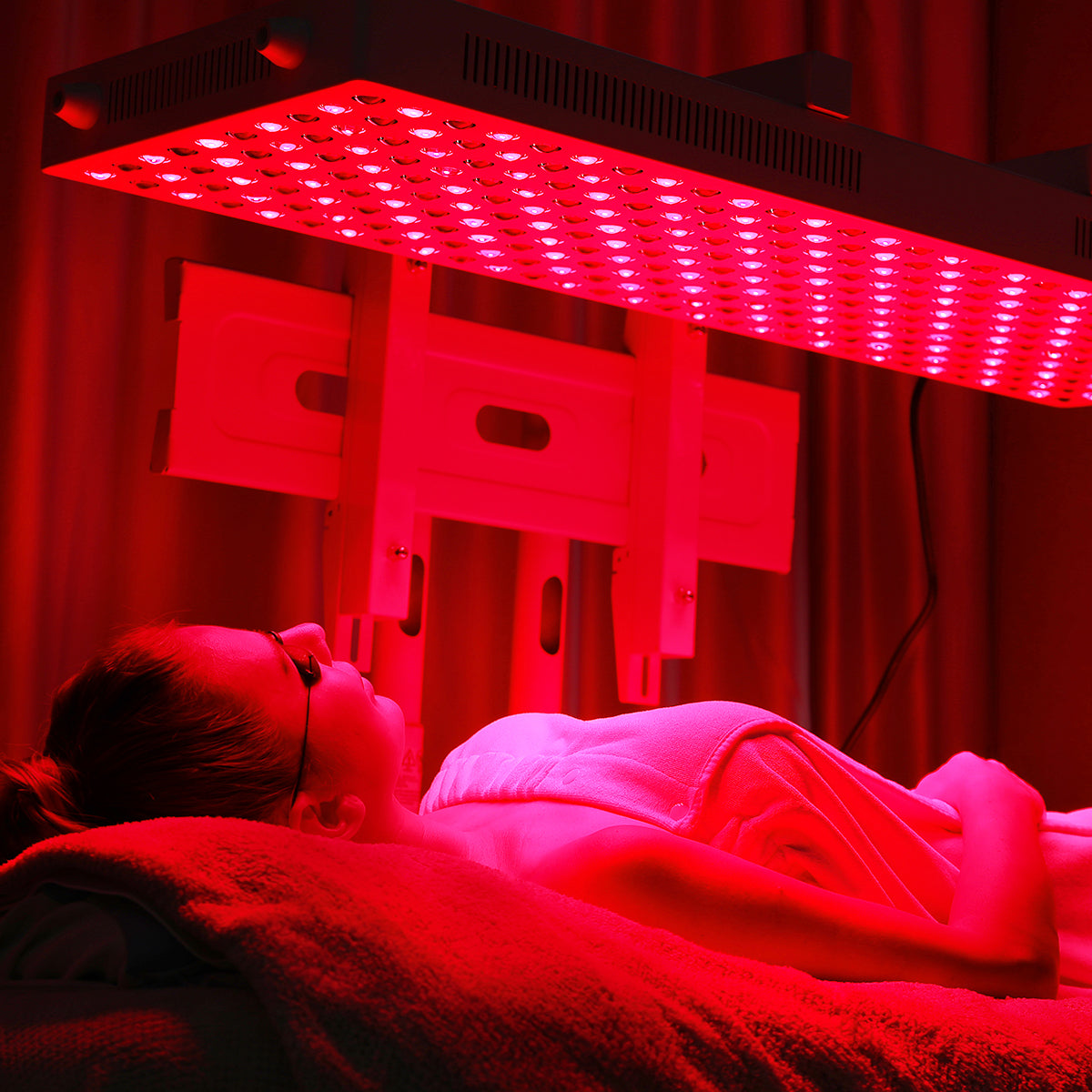
Leave a comment
This site is protected by hCaptcha and the hCaptcha Privacy Policy and Terms of Service apply.